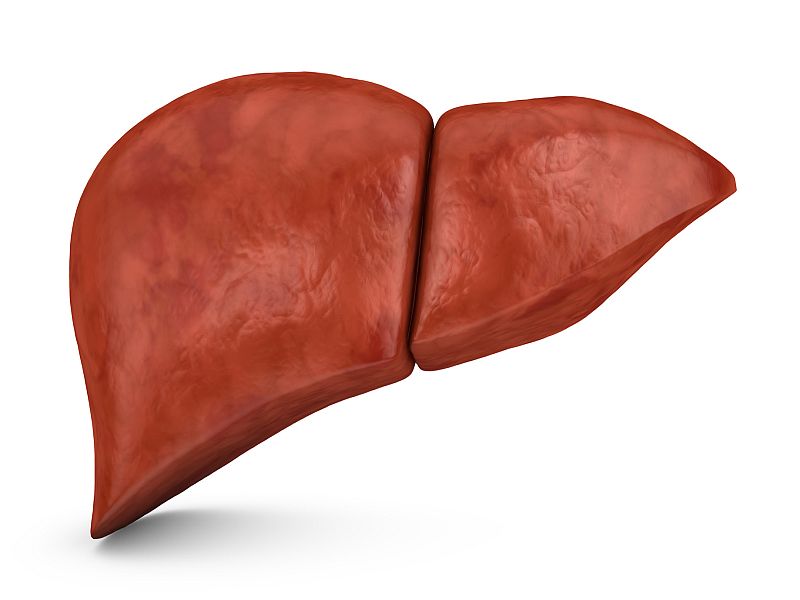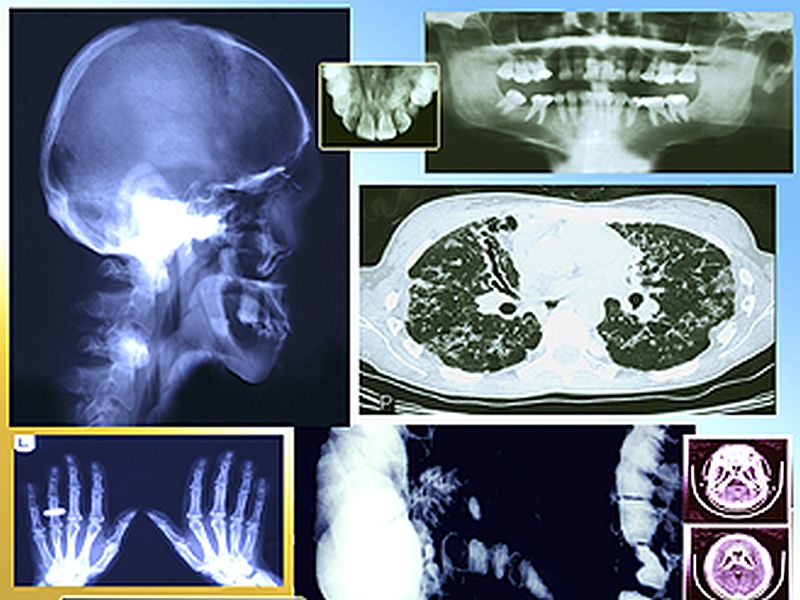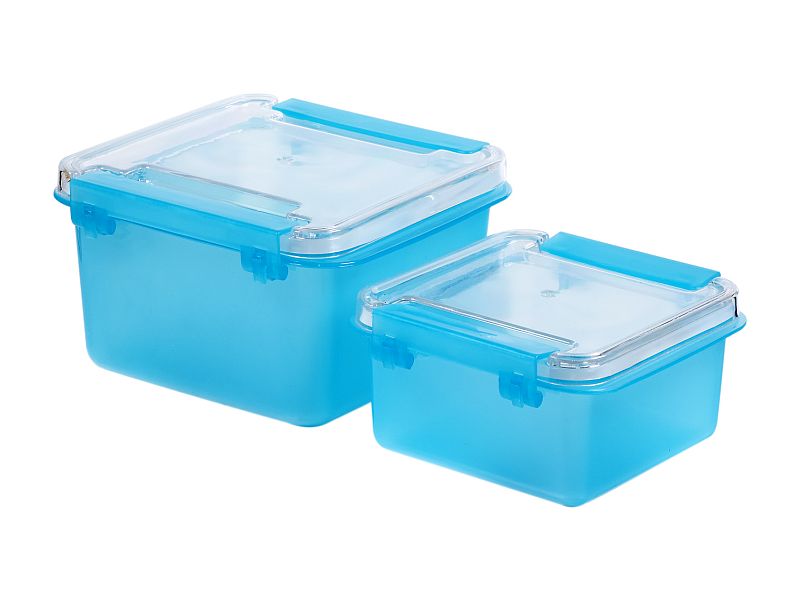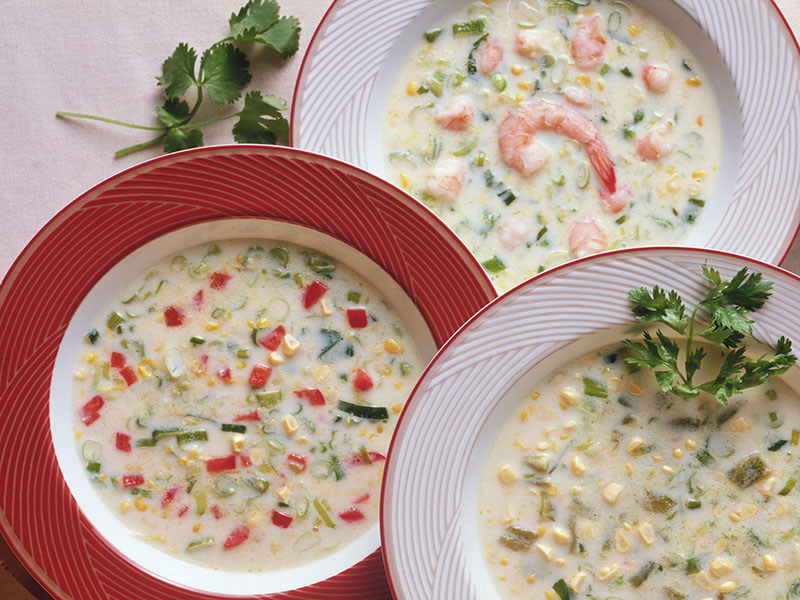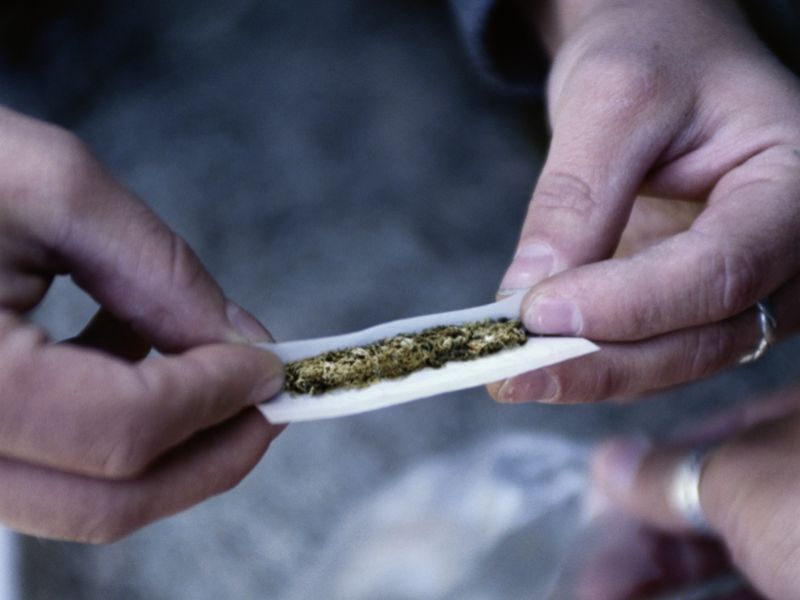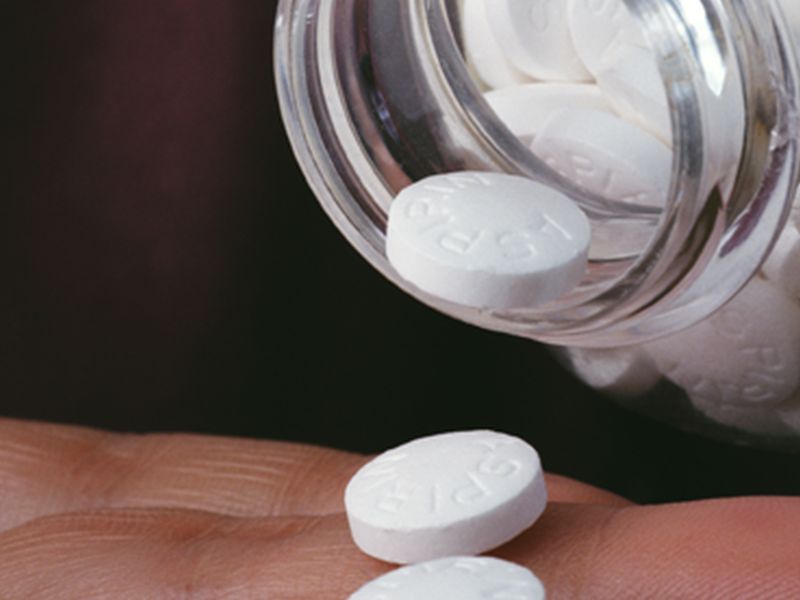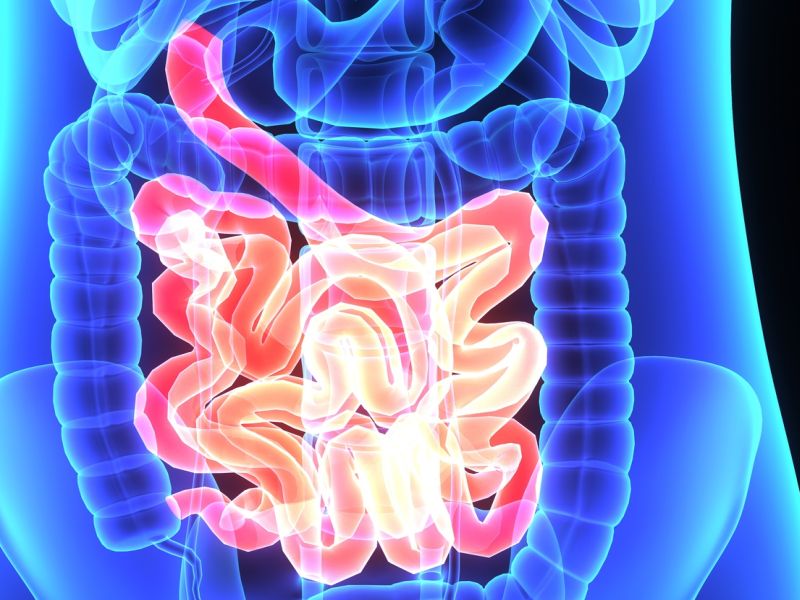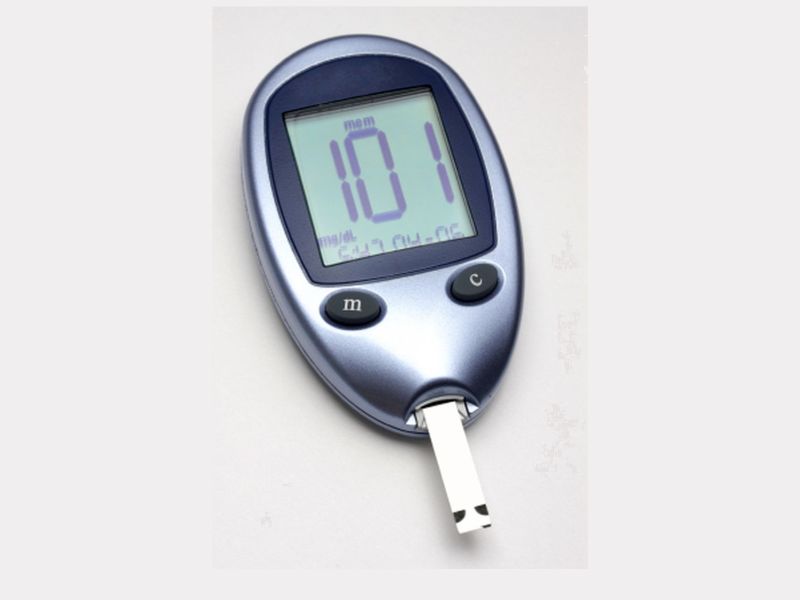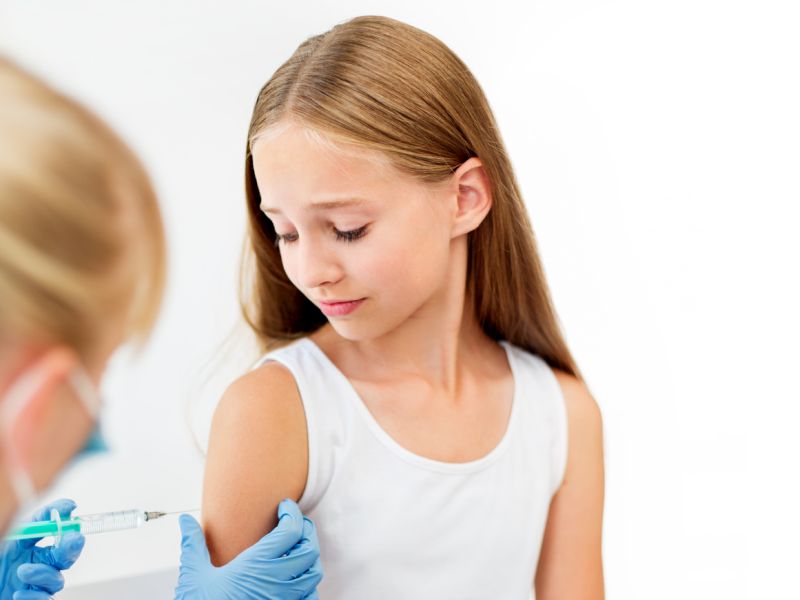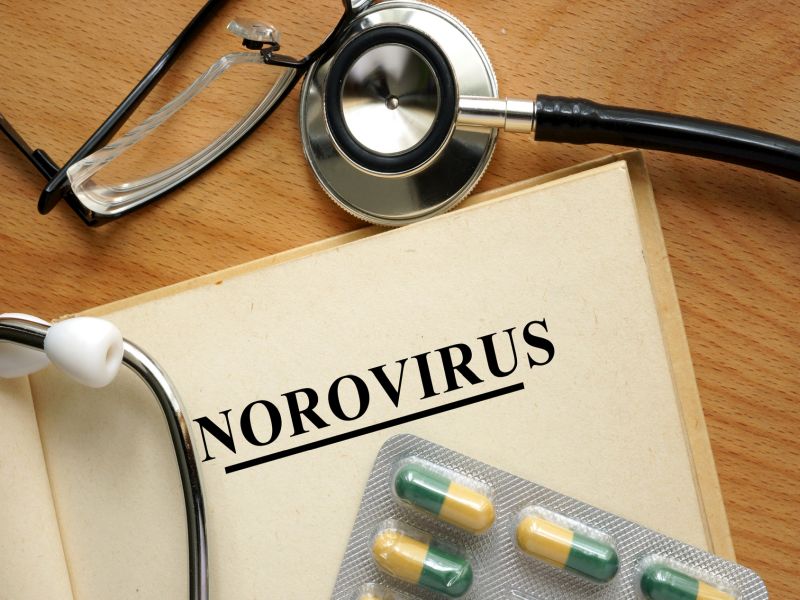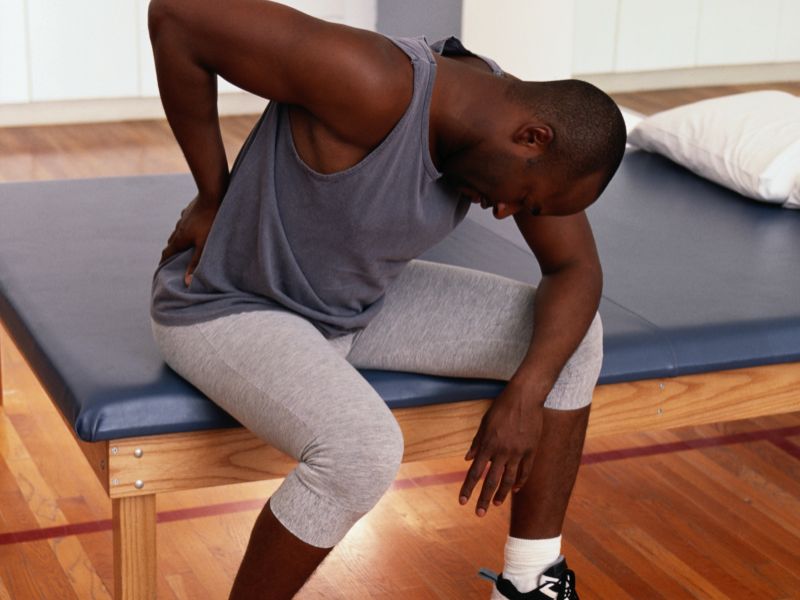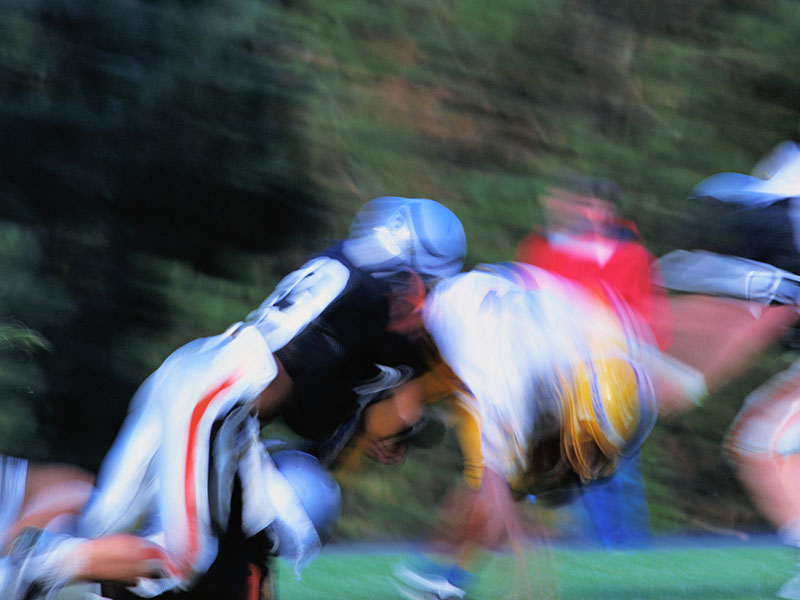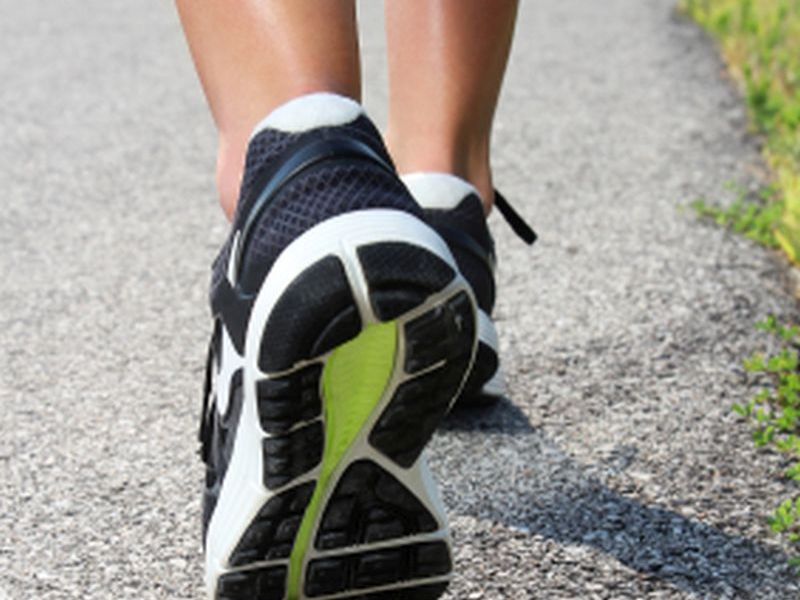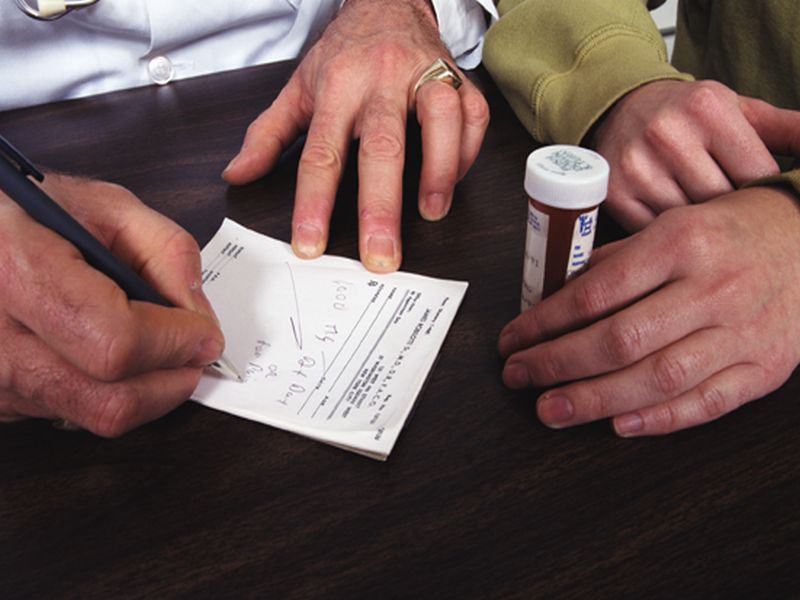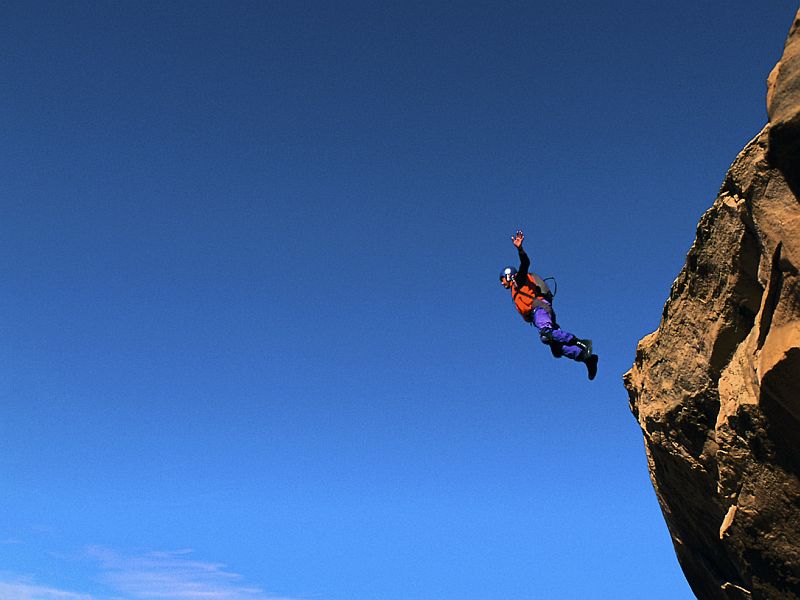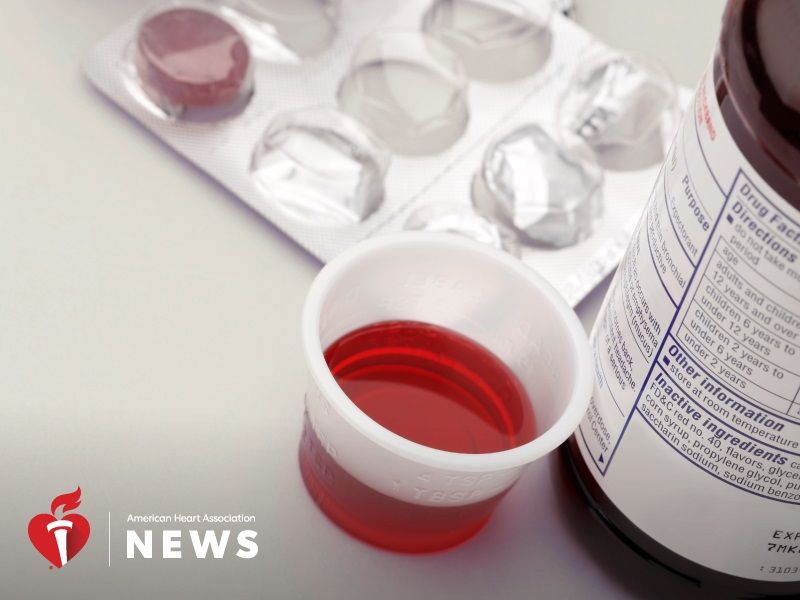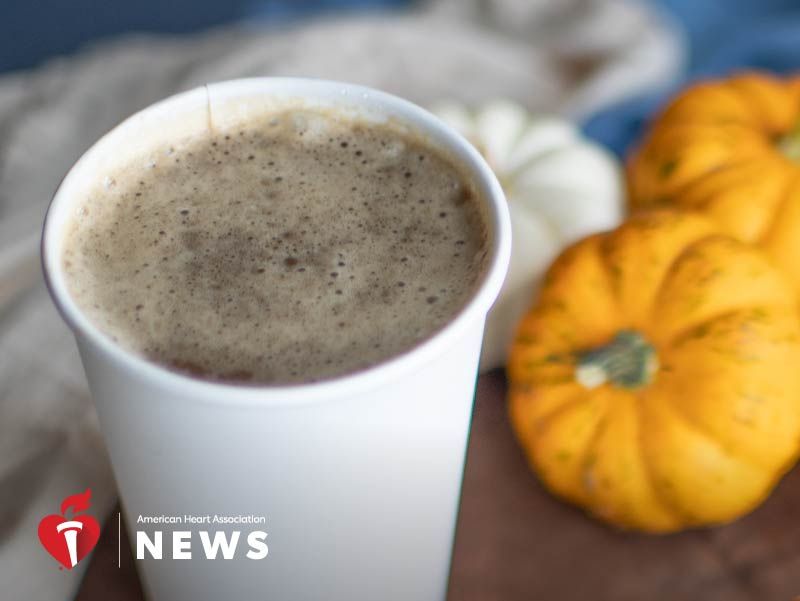FRIDAY, Nov. 16, 2018 (American Heart Association) -- Comfort-inducing seasonal drinks abound during the fall and winter. From the sweet, spicy goodness of pumpkin spice latte -- PSL to its fans on Instagram -- to peppermint-flavored, well, everything.
But the calories are everywhere, too.
And, experts say, those liquid calories can be more problematic than the ones we get from solid food. Some studies have shown that we feel less full from liquid calories, so we may consume more than we should.
"We are less sensitive to liquid calories than we are to solid calories," said Marie-Pierre St-Onge, an associate professor of nutritional medicine at Columbia University. "The calories from solid food tend to produce greater signals for fullness, making it easier to adjust our caloric intakes. With liquids, those signals are weaker and that's how you can get into trouble in terms of overconsumption."
Just one 16-ounce pumpkin spice latte with 2 percent milk and whipped cream contains about 380 calories, with 14 grams of fat and a whopping 50 grams of sugar.
It's not just a PSL problem. All sorts of seasonal drinks pack in the calories, from peppermint mocha, chai latte and sugary apple cider to eggnog and warmed-up cocktails. Alcohol, though, also lowers inhibitions, which can lead to overeating among other unhealthy behaviors.
Spices and flavors such as peppermint, pumpkin, ginger, cloves or cinnamon can give almost any drink a seasonal twist. The challenge is finding a drink that's healthy on its own, with or without the spices.
"Pumpkin spice is virtually no calories, it's one or two calories," said Judith Wylie-Rosett, a professor and division head for health promotion and nutrition research at New York's Albert Einstein College of Medicine. But when you put in syrups and milk, "the latte can be very high in calories."
Some ways to make traditional cold-weather favorites a little healthier:
- Ask your barista for fewer pumps of syrup one instead of three or simply use spices instead of flavored syrup if making your own drink at home.
- Use plant-based or low-fat milk instead of whole or condensed milk.
- Choose black coffee or espresso instead of a milky latte, then add spices to create seasonal flavors.
- Buy hot chocolate mix without vegetable oil.
- Skip the whipped cream on top.
Generally, homemade drinks tend to be healthier, St-Onge said, because you're able to control how much sweetener you put in.
Milk can be an important ingredient because it adds vitamin D, which is needed in the fall and winter months as days become shorter and colder and as people spend less time exercising outside. So, choosing fat-free or low-fat milk over whole milk as an ingredient is one easy solution.
There are other sources of vitamin D as well. St-Onge said fall and winter are good times to experiment with putting fruits and vegetables as well as seasonal spices into smoothies, although she cautioned that people may not get all the health benefits of foods when they're liquefied.
Regardless of the season, St-Onge said, people shouldn't look to drinks as a source of energy.
"The calories from solid food tend to produce greater signals for fullness, making it easier to adjust our caloric intakes. With liquids, those signals are weaker and that's how you can get into trouble in terms of overconsumption."
Research shows to get the cozy effect of a typical cold-weather drink, you may not even have to consume it at all. A University of Colorado study a decade ago found people who hold warm beverages are judged as having a warmer personality.
"The feelings of warmth when one holds a hot cup of coffee or takes a warm bath might activate memories of other feelings associated with warmth (trust and comfort)," researchers wrote, "because of early experiences with caretakers who provide warmth, shelter, safety, and nourishment."



